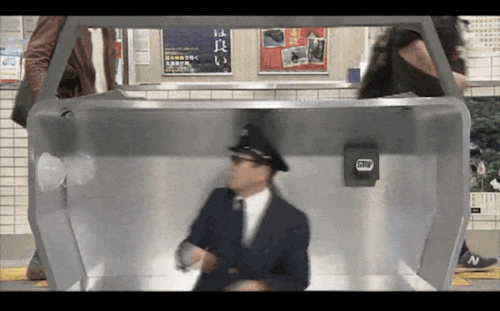How does technology affect insurance operations?
For all its ubiquity, it can still be hard to define what insurtech actually looks like in an insurance organization. In this series Insurtech 101, we’re breaking down some of the different technologies that make up the world of insurtech and how they impact day-to-day insurance processing. This time, we’re looking at Robotic Process Automation (RPA) for insurance.
RPA in everyday life
We’re not talking about actual robots with motors and mechanical limbs, but software robots, or bots. These bots, when combined with artificial intelligence and machine learning capabilities, are able to take command of repeatable, routine, keystroke-level processes such as data input, calculations, document gathering, and even chatting.

Indeed, we’ve all run into chatbots before: those pop-up chat screens on websites that offer to answer basic questions. You type in your query, and the bot responds with automated responses deemed relevant to what you’ve asked. Here’s an example:
You: What is your return policy?
Chatbot: Returns are accepted within 30 days of purchase.
You: Do you have a store in Lincoln, Nebraska?
Chatbot: Yes, our store in Lincoln, Nebraska is located at 123 Main Street.
The way this works is that the bot has been programmed to respond to specific phrases like “return policy” or “store in Lincoln, Nebraska” with the relevant information. It has also been programmed to ask you If you need any further assistance, then sign off with a proper salutation, just like any scripted customer service representative conversation. All of this is done without human intervention.
In the same way that a chatbot can navigate a simple conversation, a bot can also be used in insurance processing to perform routine tasks like data entry with extreme efficiency.
RPA for insurance
In addition to bots doing different kinds of tasks, there are also two kinds of RPA: attended and unattended.
- Attended RPA – Attended RPA is the kind that requires human intervention at some point during the process. For example, during the application process, the administrator might trigger a bot to gather all relevant documents associated with that particular step, and while the bot is working in the background, continue processing the application manually.
- Unattended RPA – Unattended RPA requires no intervention. Like the chatbot example we mentioned earlier, an action, whether a question posed in a chat window or otherwise, triggers a response from the bot, which will continue to respond based on further actions or inaction. Although the chat can be escalated for human intervention in the event that the bot is unable to assist, this type of RPA is still considered unattended, as the entire process could theoretically be completed by the bot alone.
Examples of unattended RPA in the insurance industry could include pulling invoices into a core system or moving information between systems. These processes take place automatically and might happen daily or on a designated day of the month—all depending on the need.
Because of the complexity in insurance processing, both attended and unattended RPA are relevant.

Are you ready for RPA?
In order to make RPA for insurance operations truly effective, it’s important to understand where and how to deploy it. Many insurance operations have implemented RPA technology only to discover that instead of freeing up their employees, they find themselves busy managing the bots.
Any process change—whether it’s regulatory, governance, or organizational—will have implications on RPA. This means that you’ll need to have the right IT support to ensure that changes don’t negatively impact operations, as the neglect to do so has been the cause of many failed RPA implementations.
RPA is not a technology you can implement and leave alone until the next upgrade. It doesn’t work like that. Just like human employees, bots need to be managed to achieve maximum effectiveness. If left unchecked, a bot might start to process information incorrectly—over and over again. Do you have the right people and processes to oversee this human-bot relationship?

SEE MORE FROM THIS SERIES
- Insurtech 101: Artificial Intelligence and Machine Learning for Insurance
- Insurtech 101: Pros and Cons of In-House and Off-The-Shelf OCR
- Insurtech 101: Blockchain for Insurance
ReSource Pro has infused our library of insurance processes with the latest automation techniques for more than 80 clients. Learn more about how we apply digital capabilities to insurance operations. Want more Insurtech 101? Read our post on AI and analytics.



